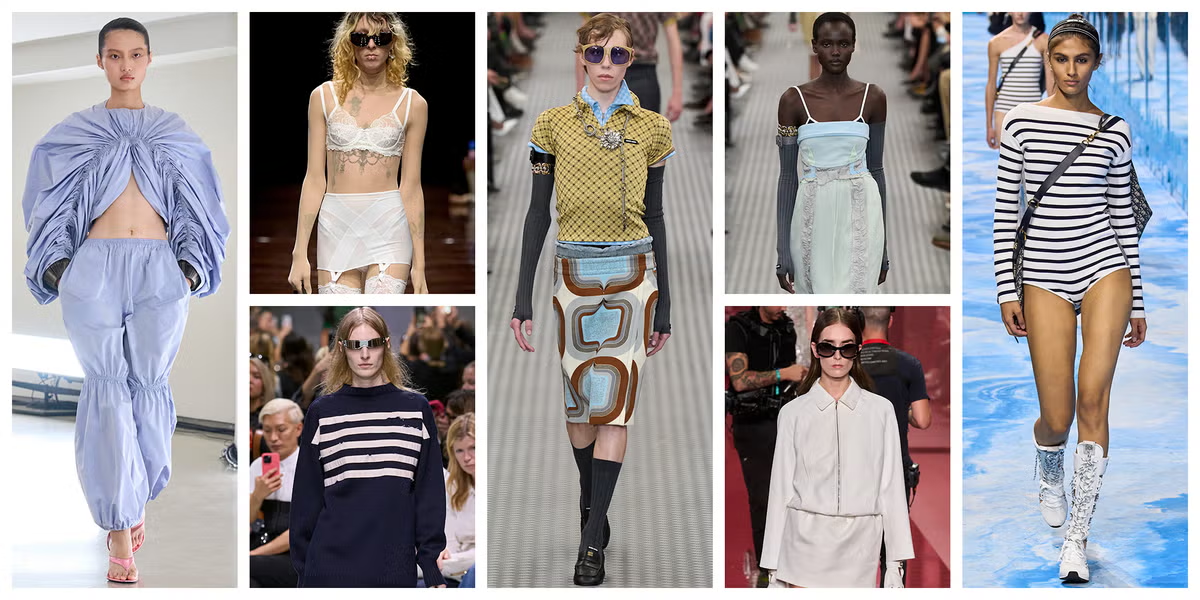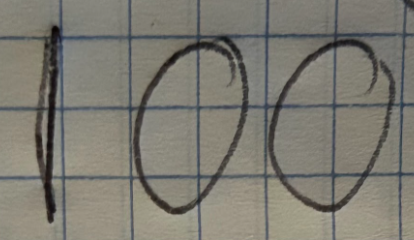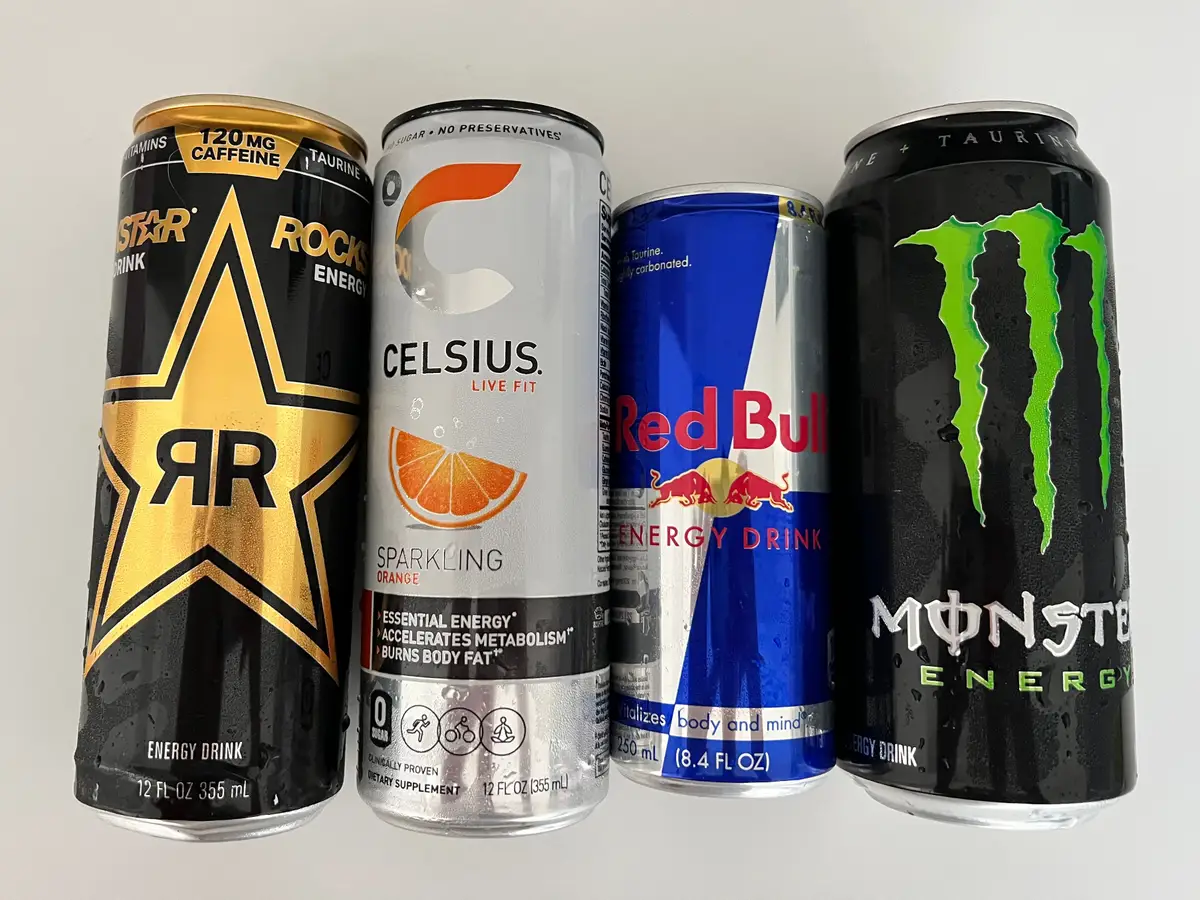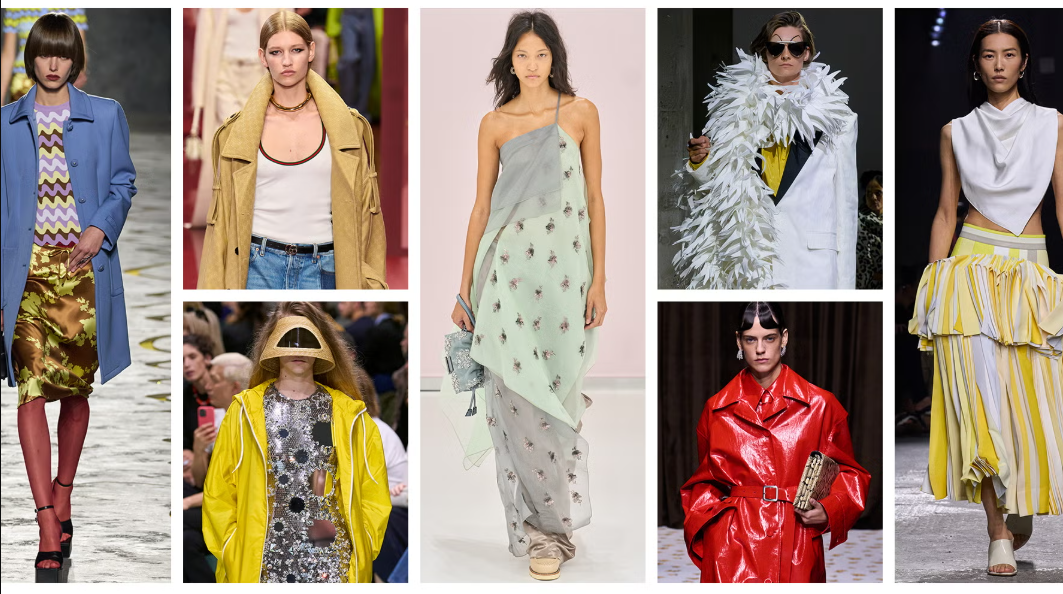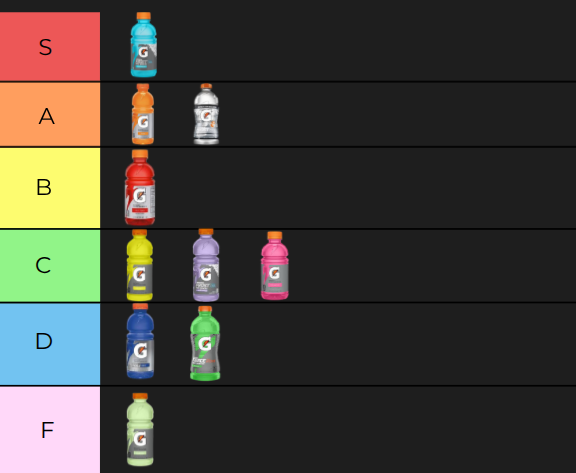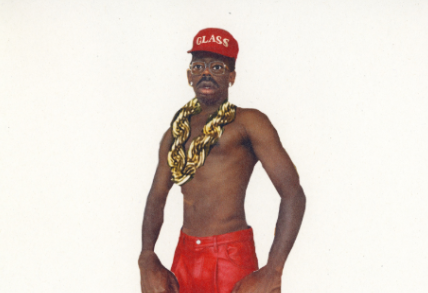Throughout the last decade, fashion trends have swung drastically. Social media has popularized many different color palettes, influences, and aesthetics before leaving them in the dust. When we look at present day fashion, there are many common themes: bold patterns, cropped shirts, oversized hoodies, low rise jeans, and a resurgence of Y2k styles. Among this clothing lineup, microtrends rain supreme. A microtrend is a short term online fad that influences fashion for a short period of time. Think about bows plastered on everything from shoes to sweatshirts to even water bottles.
Why Is Everyone Wearing The Same Stuff?
So why does everyone look the same if microtrends involve daring details (polka dots, chunky jewelry, bubble skirts)? This is because every mainstream store manufactures these items as soon as the right influencers put them on. As the bold patterns and lacy tops are now more accessible, more people will buy them. The more people are influenced by the internet, the more money these large brands will make by mass producing these once less popular designs. The more these materials are produced, the cheaper quality they become, with brands like SHEIN being the main profiteers. Their exploitatively low prices and quick turnaround times lead to everyday people dumping money into microtrends.
Fast Fashion And its Environmental Impacts.
When a product is mass produced, it’ll often take up massive amounts of a singular fabric or material. With this demand for this specific product, the quality of the item will go down. When you see clothes from SHEIN, the fabric is typically polyester, inexpensive plastic that can never biodegrade (leading to microplastics and accumulating waste). The SHEIN clothes, made with synthetic fibers, are produced by fossil fuels. Fossil fuels release carbon dioxide, which traps heat within the atmosphere and causes the temperature of Earth to rise.
Clothing Waste
Pollution isn’t the only thing SHEIN and fast fashion brands contribute to. Fast fashion brands will pump out seemingly endless articles of clothing for affordable prices, making it easier for the customer to buy more for less. But where do these clothes go when we’re done with them? It’s an easy answer, landfills. When you buy cheap clothes in bulk, you’ll typically wear the clothes for a short while, forget about them, and eventually throw them out. These pieces of clothing end up in landfills, rotting away, slowly releasing greenhouse gases such as methane.
So, please stop pouring your money into these million dollar companies, and start shopping at thrift stores, consignment shops, or even learn to sew. Stop following trends, stop categorizing yourself, and please, stop being boring.

